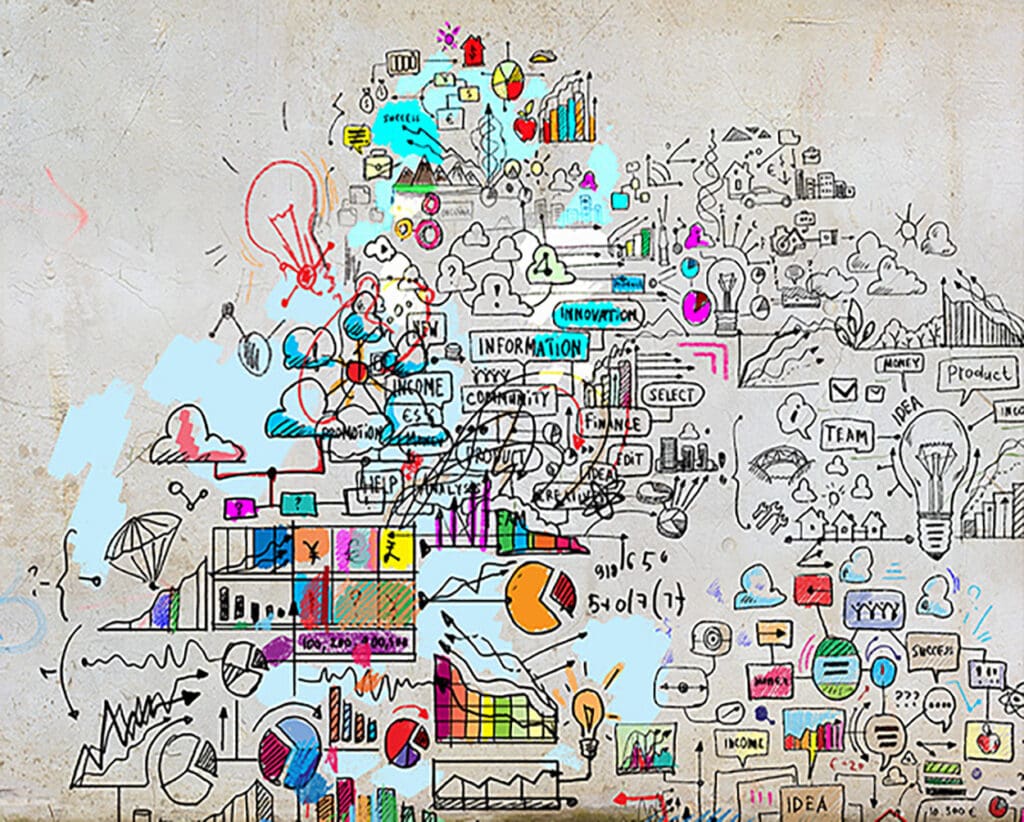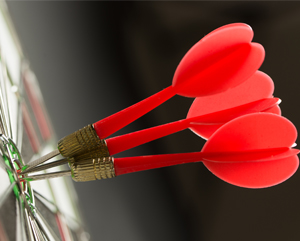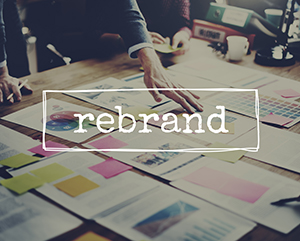The Internet of Things: a marketing revolution?
The digitalisation of marketing was arguably one of the most fundamental changes to shake up our industry in recent decades. In fact, it is difficult to imagine now how marketers would engage with the modern consumer were it not for the likes of the internet and social media. Marketing has never been more fast paced, more dynamic, or in many ways more demanding of creativity, content and originality.
But now marketers are looking forward to the latest internet development that could potentially overhaul the ways of working we have adopted in recent years. This development is the Internet of Things. This week OTB is exploring the marketing industry’s latest interest in the Internet of Things. See who’s talking about it and what it could mean for the future of marketing.
A new way of thinking
The Internet of Things (IoT) itself is not new. Back in 2014 Forbes published an article entitled ‘A Simple Explanation of the Internet of Things’, in which the basics of the concept are explained. The article points out that the Internet of Things has been made possible by the exponential development of internet and mobile technology and the ever widening access to Wi-Fi. It is now conceivable to connect any product or device to the internet. This could be anything… from wearable tech to washing machines to your coffee maker.
The interest IoT has generated since its conception is ever growing. It is estimated that by the year 2020, ‘the Internet of Things (IoT) will consist of approximately 50 billion objects, each with its own embedded computing system, and able to interact with the existing Internet infrastructure.’ The phenomenal scale of this technology revolution is of course likely to have wide implications for product-driven industries on a global scale. It is even understood to be having an influence on industrial and travel sectors. Component parts of aircrafts or oil rigs can be connected to the internet and feed data back to their source. The Internet of Things could even contribute to the popularisation of ‘smart cities’. It could potentially tackled global issues such as reducing consumer waste or improving urban inefficiency.
Marketers, get ready, set, go!
There is great potential for revolutionising this vast array of industries, particularly in the short term the consumer products industry. The Internet of Things is inevitably going to impact on the world of marketing.
But what does an Internet of Things marketing strategy look like? According to an article by marketing industry news source Advertising Age, ‘if you work in digital, then the question of an IoT strategy is likely to crop up imminently.’ Advertising Age believe that it is important to define your vision of an IoT marketing strategy, before jumping onto the bandwagon of the latest technology. They argue, ‘a full vision of a future-state customer experience is required, which will likely incorporate elements of product, CRM, physical space, content and branding, and require plenty of integration into other channels you already run.’
This links to the notion that perhaps the highest value in the boom of IoT is the opportunities it opens for personalisation. Being able to personalise is often seen as gold dust for brands. The ability to tailor the customer experience to the needs of clients, to develop a strong customer-brand relationship and to generate insights from the consumer is highly sought after. It is now becoming a key goal when it comes to developing an IoT marketing strategy. Adobe’s digital marketing blog has recently highlighted three easy ways to personalise the IoT. They recommend delivering highly targeted messaging. You should ensure your strategy allows for integration with other IoT devices and brands. And, you must use data gained from the connection to generate insights about consumer habits, preferences and behaviours.
Learn from the best
Perhaps a useful way to generate insights for your own marketing strategy is to learn from those who have done it well. Sure, the relative infancy of IoT may make this slightly difficult. But, this week Marketing Week published an interesting article on how marketing giants P&G and L’Oréal have embraced IoT.
The article raises the interesting notion that when it comes to FMCG products. Once this product has left the safety of the factory or supermarket, there is in fact very little a company can do to trace it. Marketing Week humorously argues ‘the trouble with a pot of cream, whether it costs £5 or £50, is that you’ll never know if your customer had a mild allergic reaction and put it in the bin.’
It is because of this lack of control and valuable insight generation available to brands that Marketing Week believes major players like P&G and L’Oréal are buying into IoT as the foundation of their sales and marketing strategy. It is argued these connected devices provide a link to the user after purchase. They can even create added value for the customer long after the initial point of sale. Marketing Week argues ‘for the customer to tick that ‘send data’ button, you have to add value. If the value is that we’re conducting a dermatological survey and by the way we recommend you try this product for your skin, that’s pertinent. You’re trying to improve a customer’s life.’
With so much unexplored potential and so much to learn, the future of IoT will be an interesting one. Will 2016 be the year you embrace the Internet of Things marketing revolution? Get in touch with our team to talk about how you can make the most of this opportunity.




